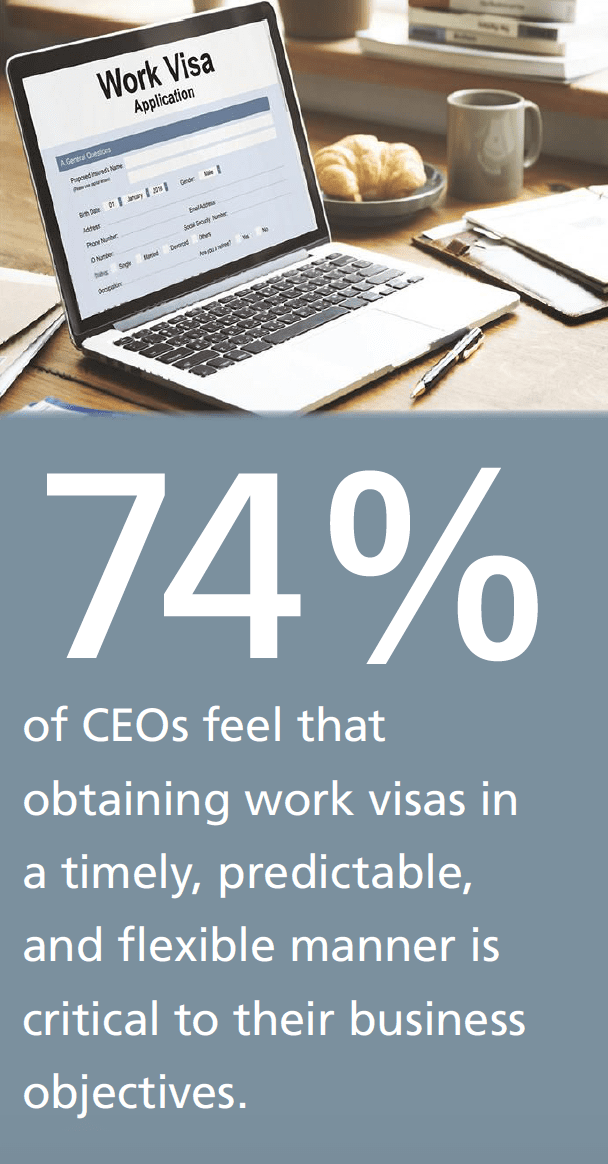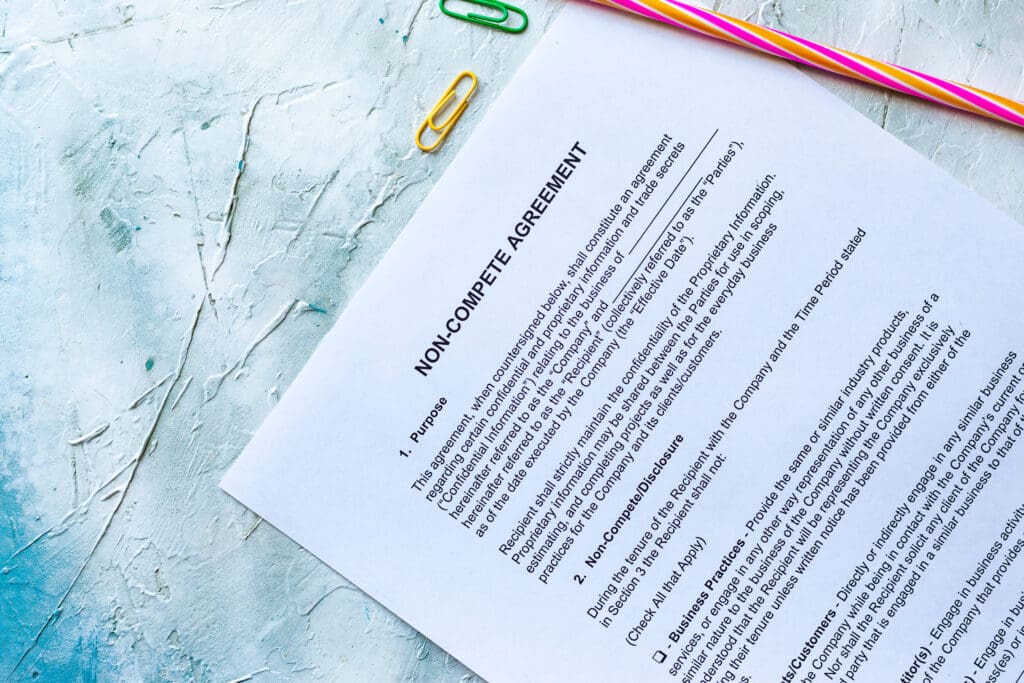Today’s mobile applications are helping organisations maintain immigration compliance.
By Jennifer Baillie-Stewart
In this globally connected age, executives from practically every industry are searching both domestically and abroad to source the best talent they can find. In fact, sourcing talent from another country has become imperative: According to a 2017 study from the Council of Global Immigration, 74 per cent of CEOs feel that obtaining work visas in a timely, predictable, and flexible manner is critical to their business objectives.
Yet, securing employees from overseas can be a complicated and costly endeavor as nations constantly change their immigration rules, regulations, and requirements. In response to this difficulty, there is a growing trend of government authorities leveraging technology -especially mobile applications -in immigration processing. Some regions and countries are moving forward faster than others. Consider the following four examples:
1. Thailand: Digital work permit. Starting in January, Thailand’s Board of Investment (BOI) launched a new system to manage online work permits and visas for BOI-registered companies. Initially launched in Bangkok, Chang Mai, and Phuket, the new Single Window for Visa and Work Permit System will expand nationwide in October 2018.
The new system allows foreign national employees to receive digital work permits instead of the physical work permit booklets currently issued. With mobile platforms on both Android and iOS devices, the initiative aims to provide all foreigners with a copy of their work permit on a mobile device. The digital work permit will be shared with immigration authorities for re-entry visas. In addition, employers and representatives will have access to the portal to submit applications via the mobile app, allowing applicants to receive updates and copies of the final documents.
 2. Singapore: Work pass card. In September 2017, Singapore’s immigration authority, the Ministry of Manpower (MOM), introduced the SGWorkPass mobile app to accompany the country’s new work pass card. With the free app, stakeholders now have a more reliable and convenient way to check an international employee’s updated work status, as well as to verify variable information such as occupation and date of work pass expiration.
2. Singapore: Work pass card. In September 2017, Singapore’s immigration authority, the Ministry of Manpower (MOM), introduced the SGWorkPass mobile app to accompany the country’s new work pass card. With the free app, stakeholders now have a more reliable and convenient way to check an international employee’s updated work status, as well as to verify variable information such as occupation and date of work pass expiration.
A must-have app for all employers, foreign employees, agents, or anyone who wishes to verify if a work pass card issued by MOM is valid, the app scans the quick response (QR) code printed on new card. By simply launching the app to scan the QR code, the validity of a work pass card can be instantly verified.
3. United States and Canada: Travel authorizations. In the U.S. and Canada, there are an increasing number of mobile-friendly government websites that make it possible for foreign nationals to easily apply for travel authorizations. For example, the Electronic System for Travel Authorization (ESTA) in the U.S. and Electronic Travel Authorizations (eTA) in Canada both feature straightforward applications that can easily be accessed through a smartphone or tablet.
Run by the Department of Homeland Security, ESTA is an automated system that determines the eligibility of visitors to travel to the U.S. under the Visa Waiver Programme (VWP). Whilst authorization via ESTA does not determine whether a traveler is admissible to the U.S. (U.S. Customs and Border Protection officers determine admissibility upon travelers’ arrival), the ESTA application collects biographic information and answers VWP eligibility questions. ESTA applications may be submitted at any time prior to travel, though it is recommended that travelers apply as soon as they begin preparing travel plans or prior to purchasing airline tickets.
In Canada, eTA is an entry requirement for visa-exempt foreign nationals traveling to the country by air. An eTA is electronically linked to a traveler’s passport and is valid for up to five years or until the passport expires – whichever comes first. With a valid eTA, foreigners can travel to Canada as often as they want for short stays -normally for up to six months at a time. However, much like the United States’ ESTA, Canada’s eTA doesn’t guarantee entry to Canada.
4. Malaysia and Singapore: Online payment portals to pay government fees. In Malaysia, the MYEXPATS Centre and the Malaysia Digital Economy Corporation Sdn Bhd (MDEC) will no longer accept cheques or banker’s drafts in payment for government fees. All fees are now required to be paid through an online payment portal via Visa Mastercard or internet banking. MDEC will also accept payment via a debit card. There are no charges imposed on the transactions. In Singapore, there is also an online facility for the payment of government fees for an employment pass. Fees can be paid by GIRO, Visa, Mastercard, or ENets debit. In both countries, the use of online payment portals has improved efficiency and allowed users to easily obtain receipts online.
Mobile technology has a way of streamlining processes and making them more affordable. This is especially important when dealing with complicated and ever-changing immigration rules, regulations, and requirements. Whilst leveraging mobile technology is still a fairly new concept for governments, it is expected to grow in the coming years and help ensure that the world becomes more connected -at least for employers looking for qualified talent.
Jennifer Baillie-Stewart is global immigration practice leader for Crown World Mobility.














